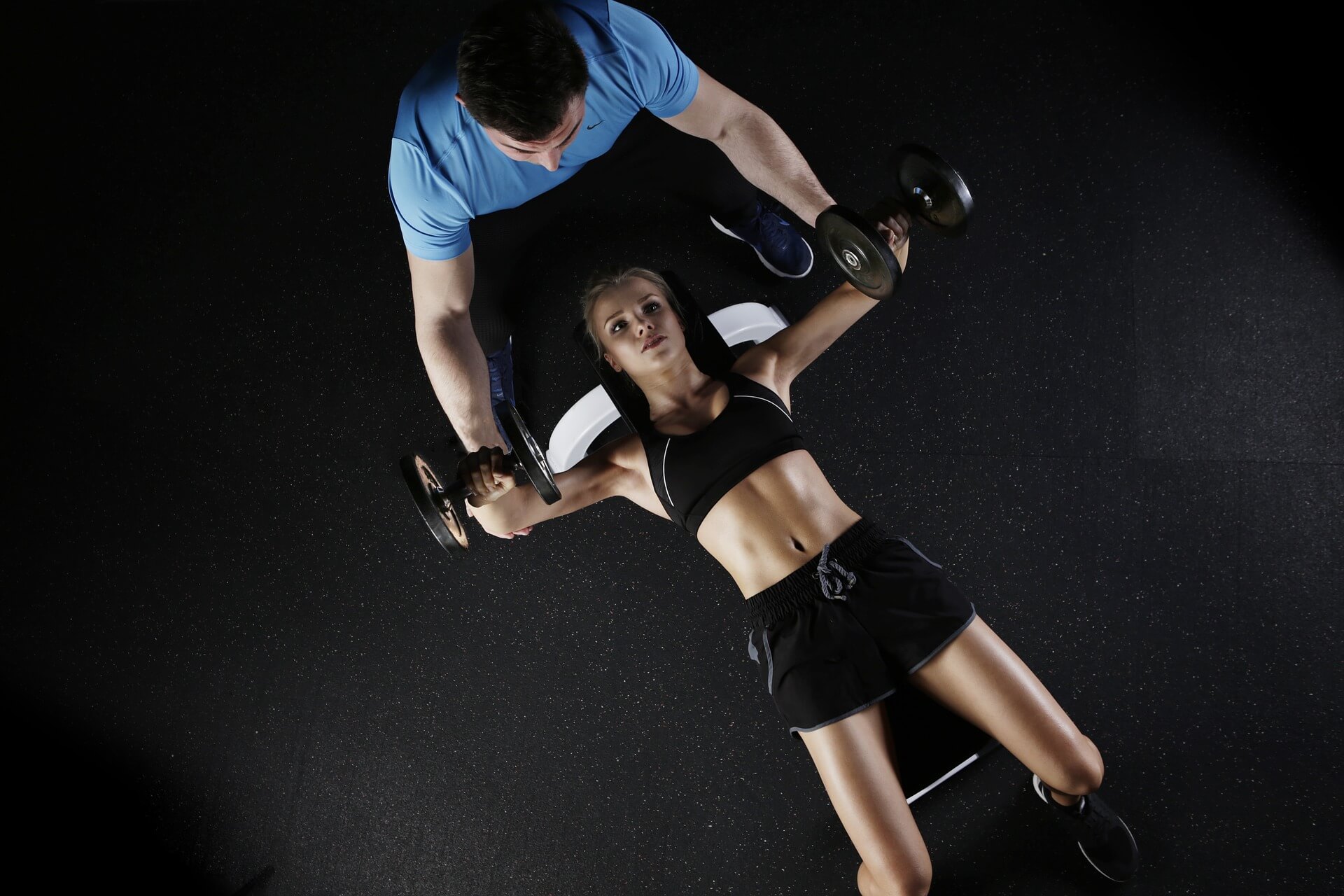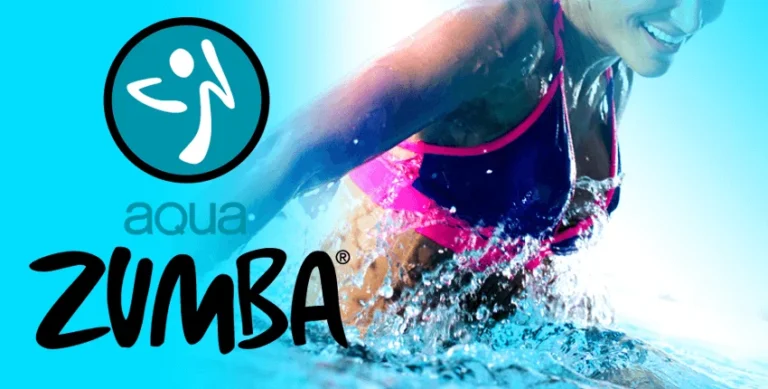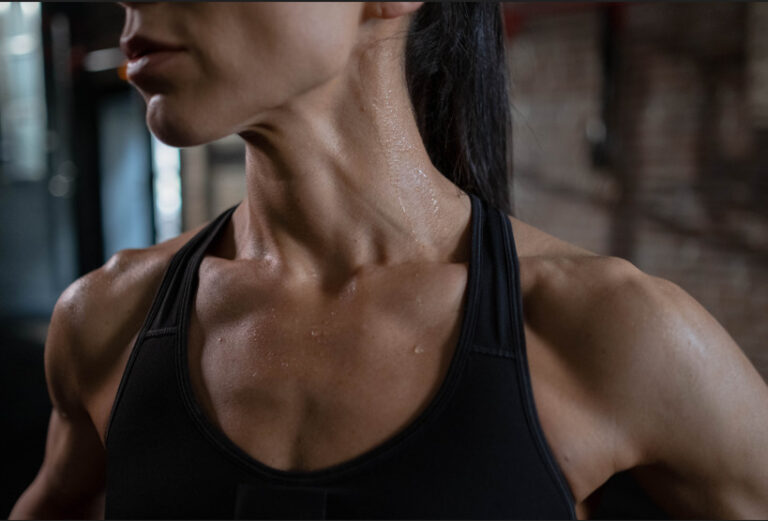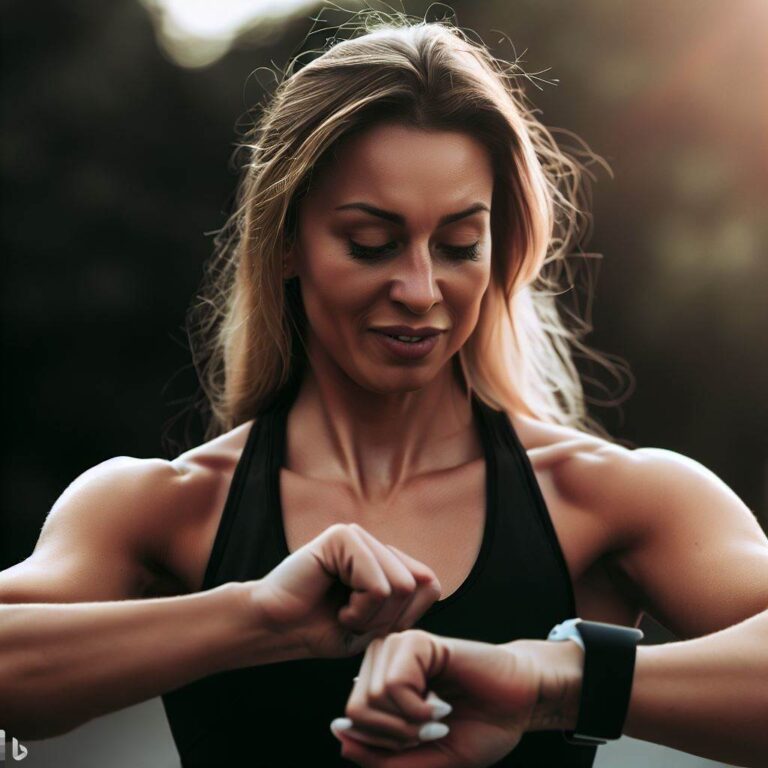In today’s fast-paced world, maintaining physical fitness and overall well-being has become increasingly important. Advanced Pilates has emerged as a popular exercise regimen that focuses on developing core strength, improving flexibility, and promoting mind-body connection. This article explores the ideal age to start doing Pilates, the benefits of a strong core, how Pilates impacts your health age, and the key differences between Pilates and yoga.
What Age to Start Doing Pilates:
Pilates is a versatile exercise method suitable for individuals of various ages and fitness levels. While there is no strict age limit, it is generally recommended to start Pilates during adolescence or adulthood. This is because the body undergoes significant development during this period, making it easier to grasp the movements and techniques. However, with proper guidance, even older adults can safely and effectively engage in Pilates to improve strength, flexibility, and overall fitness.
The Benefits of a Strong Core:
A strong core is essential for maintaining proper posture, stability, and balance. Pilates focuses on strengthening the deep muscles of the abdomen, back, and pelvis, collectively known as the core muscles. These muscles act as a support system for the spine, enhancing overall body alignment and reducing the risk of injuries.
Some notable benefits of a strong core include:
a) Improved Posture: A strong core helps align the spine, reducing the strain on surrounding muscles and ligaments. This leads to improved posture, alleviating common issues such as back and neck pain.
b) Enhanced Stability and Balance: Core strength is vital for stability and balance during daily activities and sports. Strengthening the core muscles through Pilates can improve coordination, reducing the risk of falls and enhancing performance.
c) Increased Functional Strength: A strong core forms the foundation for all movements, whether it’s lifting weights, running, or even simple activities like bending and reaching. By strengthening the core, Pilates improves overall functional strength and enables better movement efficiency.
d) Reduced Risk of Injuries: Strong core muscles provide support to the spine, reducing the risk of injuries and strain on other body parts. By stabilizing the body, Pilates helps protect vulnerable areas such as the lower back and joints.
How Pilates Impacts Your Health Age:
Pilates not only enhances physical fitness but also impacts your health age, which refers to the overall health and vitality of an individual compared to their chronological age. Here’s how Pilates can positively influence your health age:
a) Improved Flexibility: Pilates incorporates a range of stretching exercises that improve flexibility and joint mobility. Enhanced flexibility can contribute to a more youthful and agile body, reducing the risk of age-related stiffness and injuries.
b) Increased Muscular Strength: Pilates utilizes resistance-based exercises to target and strengthen specific muscle groups. This helps combat muscle loss, a common consequence of aging, and promotes overall muscle tone and strength.
c) Better Mind-Body Connection: Pilates emphasizes the connection between the mind and body. It encourages mindfulness, deep breathing, and concentration, leading to reduced stress levels and enhanced mental well-being. This holistic approach can positively impact overall health age.
d) Enhanced Balance and Coordination: As we age, balance and coordination tend to decline. Pilates exercises focus on improving proprioception and body awareness, which are crucial for maintaining balance and preventing falls. By practicing Pilates, individuals can maintain or even enhance their balance and coordination as they age.
In Conclusion
Advanced Pilates presents a transformative exercise regimen that offers numerous benefits for individuals of various ages and fitness levels. Starting Pilates during adolescence or adulthood allows individuals to develop a strong foundation and grasp the movements effectively. However, it’s never too late to embark on a Pilates journey, as older adults can also experience the benefits with proper guidance.
The importance of a strong core cannot be overstated. Pilates focuses on strengthening the deep core muscles, leading to improved posture, stability, balance, and reduced risk of injuries. A strong core supports the spine and enhances overall body alignment, making it an essential component of a well-rounded fitness routine.
Pilates has a positive impact on an individual’s health age, contributing to overall vitality and well-being. Through improved flexibility, increased muscular strength, better mind-body connection, and enhanced balance and coordination, Pilates helps individuals maintain a youthful and active lifestyle. It empowers individuals to combat age-related physical decline and promotes a sense of well-being from within.
Differentiating Pilates from yoga is crucial for individuals seeking the right exercise practice. While both emphasize the mind-body connection, Pilates focuses more on core strength, muscular toning, and functional movement. Yoga, on the other hand, prioritizes flexibility, balance, and spiritual and mental well-being. By understanding these differences, individuals can choose the exercise regimen that aligns with their goals and preferences.
In conclusion, advanced Pilates provides a comprehensive and versatile approach to physical fitness and overall health. By starting Pilates at the right age and consistently practicing it, individuals can reap the benefits of a strong core, improve their health age, and enjoy the transformative impact of Pilates on their overall well-being. Whether you’re a young adult, middle-aged, or an older adult, Pilates can be your pathway to a stronger, more balanced, and healthier body. Embrace the power of Pilates and unlock your true potential.




